Get ready to bundle up and gaze up at the stars – it’s time for winter stargazing! The crisp, clear nights of winter provide the perfect opportunity to explore the beauty of the cosmos.
From the stunning Orion Nebula to the mysterious beauty of the Andromeda Galaxy, there is so much to see in the night sky during the winter months. In this blog post, we will explore the reasons why winter is the ideal time to stargaze, and offer tips and suggestions for getting the most out of your stargazing experience.
Why Winter Air is Better
The cold air during winter months is ideal for stargazing because it reduces the amount of atmospheric turbulence, which can cause stars to appear blurry or distorted.
In warmer air, temperature differences between layers of air cause the air to move and mix, which in turn causes the light from stars to be bent and distorted.
This effect is known as “seeing,” and it can be especially pronounced on hot summer nights.
In contrast, the colder air of winter nights has much less turbulence, resulting in a much steadier and clearer view of the stars.
This makes it easier to see even faint objects and makes the stars appear brighter and more defined.
So if you’re looking for the best conditions to stargaze, grab a warm blanket and head outside for some winter stargazing!
What to See Winter Stargazing
In the northern hemisphere, winter stargazing is perfect for observing a variety of celestial objects. Some of the most notable objects at their peak during the winter months include:
- Orion the Hunter: This iconic constellation is one of the most recognizable in the night sky and is visible in the early evening. The constellation includes several bright stars and the famous Orion Nebula, which is a cloud of gas and dust where new stars are being formed.
- Taurus the Bull: This constellation is located near Orion and is easily recognizable thanks to the bright star Aldebaran, which represents the bull’s eye. The constellation also contains the Pleiades, a small but bright open star cluster also known as the Seven Sisters.
- Sirius, the brightest star in the sky: Sirius, the brightest star in the sky, is located in the constellation Canis Major and is visible in the early evening.
- The Winter Hexagon: This is a large, distinctive pattern of stars that includes Sirius, Procyon, Betelgeuse, Rigel, Aldebaran, Capella, and Castor and Pollux. The Winter Hexagon is easily recognizable and is a great way to find other celestial objects in the winter sky.
- The Gemini Twins: This constellation is located near Taurus and is easily recognizable thanks to its two bright stars, Castor and Pollux.
- The Planetary Trio: During the winter months, the planets Jupiter, Saturn, and Mercury can be seen in the night sky. They are best viewed with binoculars or a telescope.
In addition to these notable objects, winter stargazing offers a wealth of other fascinating celestial sights, including galaxies, nebulae, and clusters, so be sure to look up and explore!

How to Stay Warm While Winter Stargazing
Winter stargazing can be a magical experience, but it can also be quite chilly if you’re not prepared. Here are some tips for staying warm while winter stargazing:
- Dress in layers: Wear several layers of lightweight, warm clothing that you can easily add or remove as needed. Make sure to cover your head, hands, and feet, as these are the areas most susceptible to losing heat.
- Invest in a good pair of winter gloves: Keeping your hands warm is essential for a comfortable winter stargazing experience. Look for gloves that are warm, water-resistant, and provide enough dexterity for you to handle binoculars or a telescope.
- Use a blanket or sleeping bag: A blanket or sleeping bag can provide an extra layer of warmth and insulation as you sit or lie down on the ground to stargaze.
- Use a camping mat or cushion: A mat or cushion can provide insulation from the cold ground and help keep you warm.
- Bring a hot drink: A hot drink, such as tea or cocoa, can help warm you up from the inside out.
- Use hand and foot warmers: Small, disposable packets that you can place inside your gloves or boots to provide extra warmth.
- Set up in a sheltered spot: If possible, try to find a spot that is sheltered from the wind. A small hill or a wall can provide protection and help keep you warm.
Winter stargazing offers some of the best viewing conditions of the year with a stunning array of celestial objects on display. From the iconic Orion the Hunter to the bright Sirius, the night sky is filled with wonders to explore.
However, winter stargazing can also be quite chilly, so it’s important to dress in layers, invest in warm gear, and take other necessary precautions to stay comfortable while stargazing.
With these tips in mind, you’ll be able to fully immerse yourself in the beauty of the winter night sky and discover the magic of the stars for yourself.

Andrew
Welcome to TelescopeTherapy.com, your trusted source for expert insights on astronomy, telescopes, and the transformative power of stargazing for mental well-being. With years of experience and a passion for exploring the cosmos, we are your go-to destination for all things celestial. Our mission is to bring the wonders of the universe to your fingertips and demonstrate how the art of stargazing and telescope therapy can nurture not only your astronomical curiosity but also your mental health. Explore the cosmos with us and discover the profound connection between the night sky and your inner peace. Join us on this celestial journey and unlock the therapeutic potential of the stars.

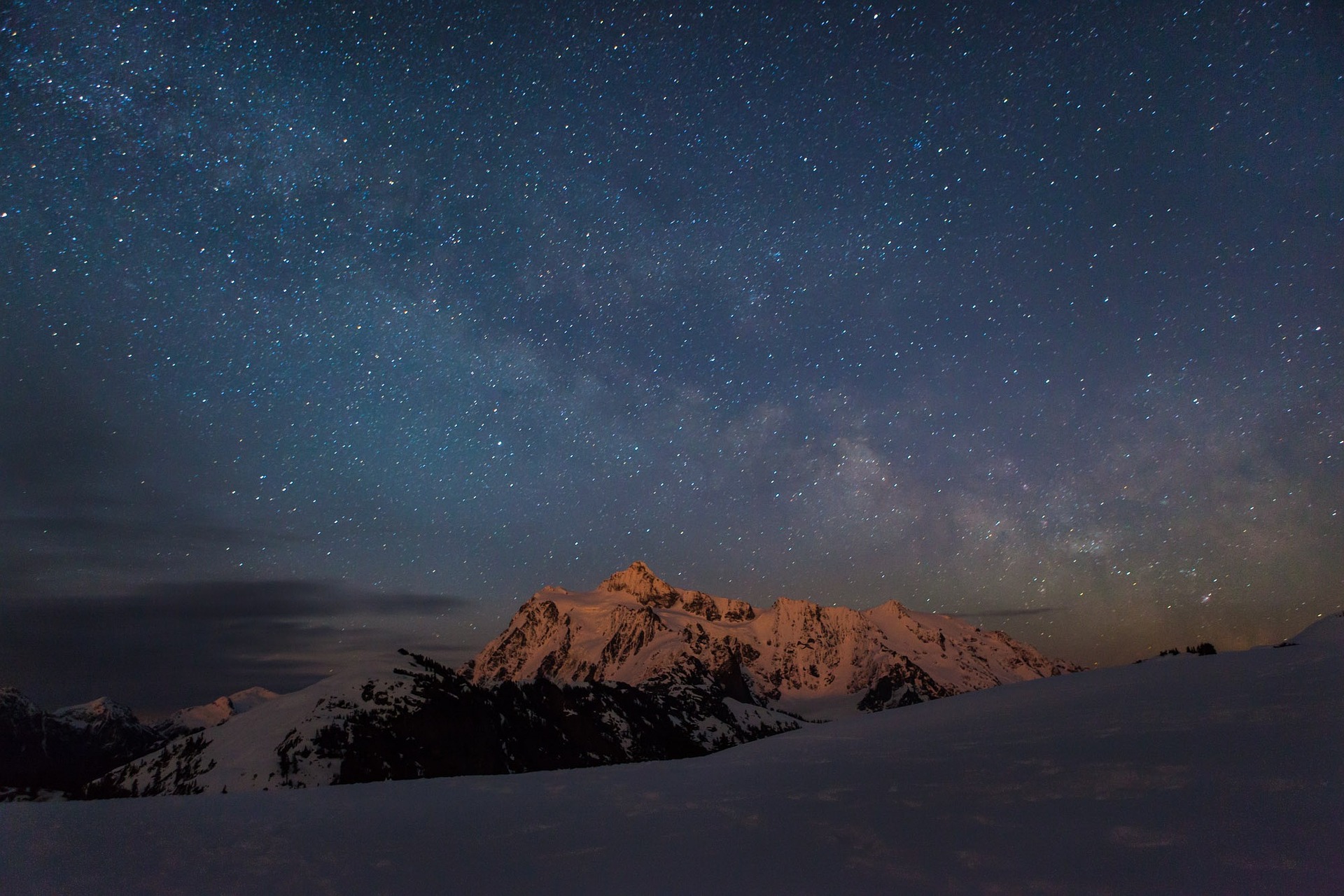
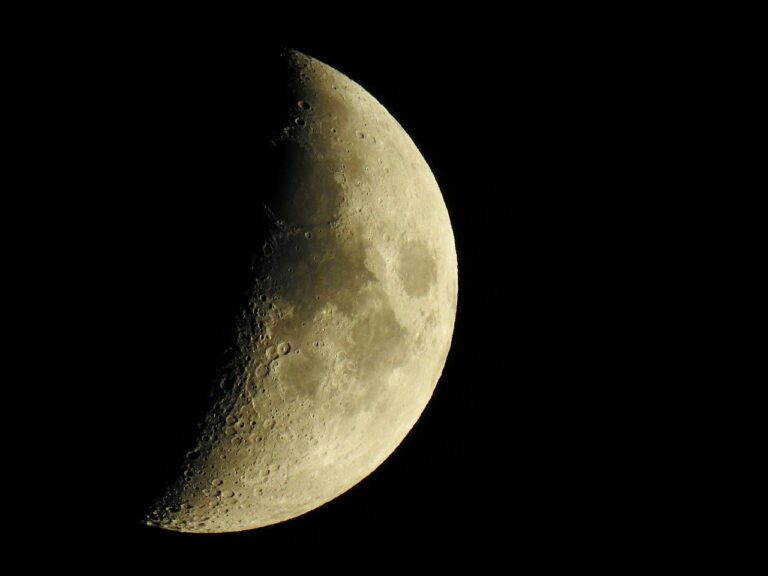
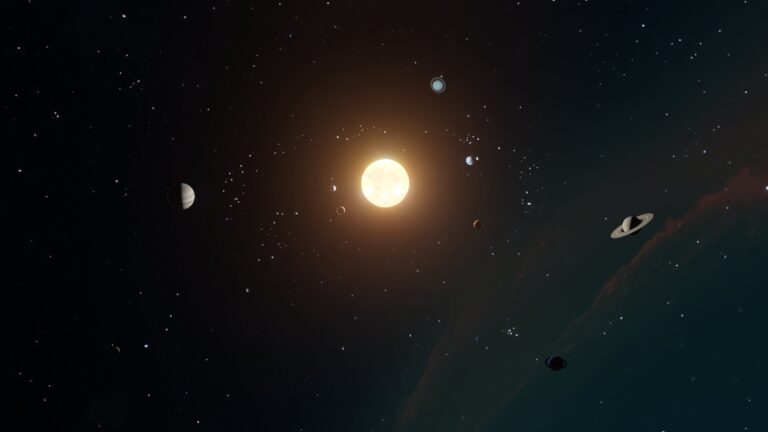
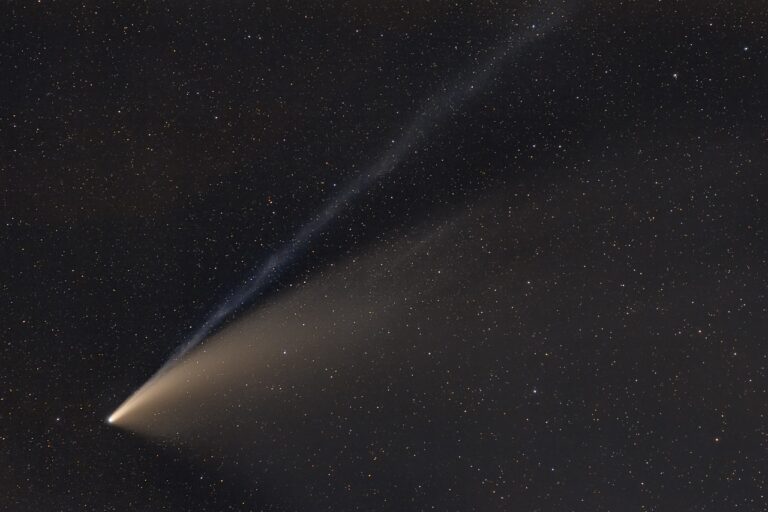

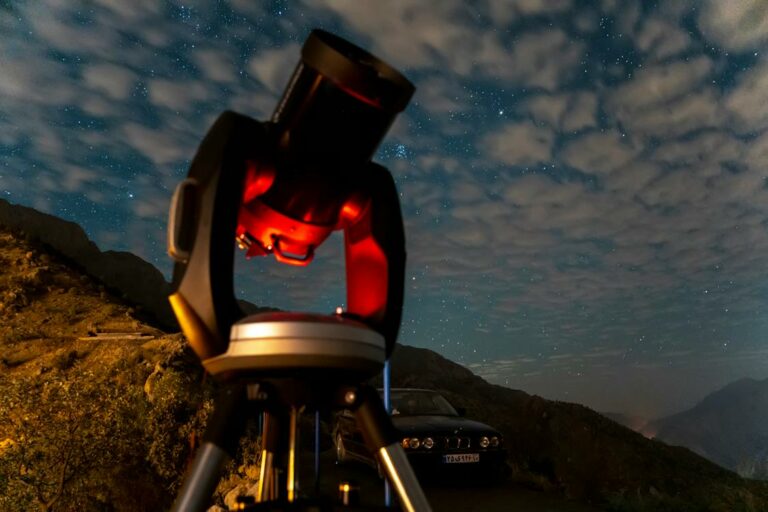
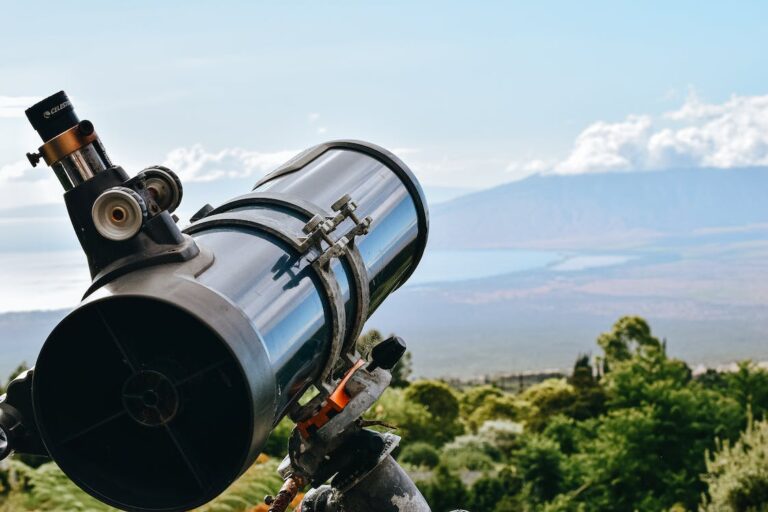
+ There are no comments
Add yours